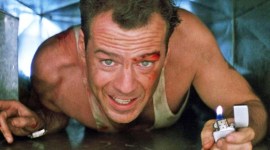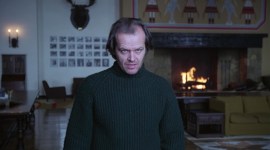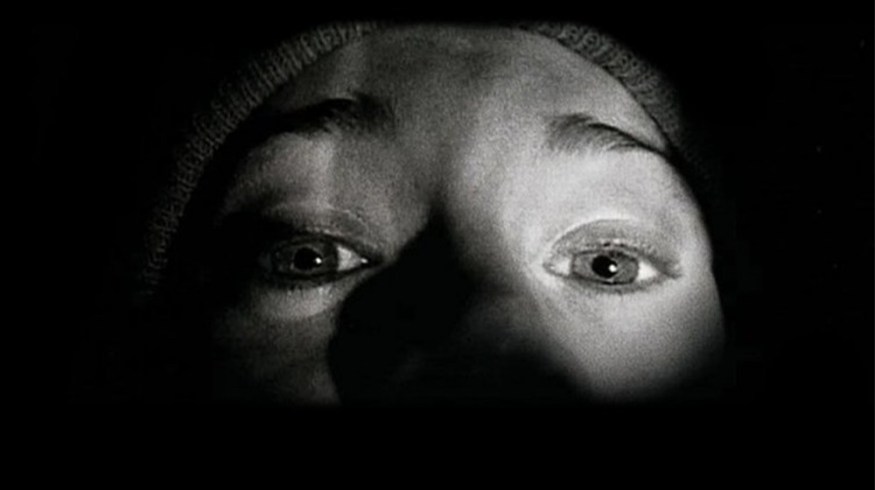
Genre Breakdown: The Different Types of Horror Films
In this genre tour, we breakdown some of the best-known sub-genres for tips on how to improve your own horror filmmaking endeavors.
Suppose your friend suggests seeing a horror film this weekend, let me ask you: Which genre comes to mind? Psychological? Paranormal? Monster?
See, while we associate horror as the genre that will elicit fear and revulsion for entertainment purposes, there are many sub-genres that exist within it, and each genre plays on different fears.
I’m sure I’m not alone in saying that we tend to double-check our front doors and move a bit quicker to the bed after watching the latest horror. But how do you, an aspiring filmmaker, create these feelings and experiences for your audience? Which genre offers you accessible avenues to explore when making your fearfully frightful film? This will depend on which sub-genre of horror you want to focus on.
Let us embark on our ghost-train tour of horror film genres, where we will break down some of the best-known sub-genres for tips on how to improve your horror filmmaking.
When you go back to the origins of the horror genre in film history, we pay homage to the French filmmaker George Méliès, with his 1896 short film Le Manoir du Diable (The House of the Devil), re-using shots in minimal locations (tip numéro un.)
However, the Japanese weren’t far behind, releasing two of the earliest horror films ever documented—Shinin No Sosei (Resurrection of a Corpse) and Bake Jizo (Jizo the Spook) in 1898.
However, as we follow the genre from its international roots into modern day, we find that horror lends itself to indie and DIY filmmaking and includes some of the most diverse and creative sub-genres. (If you need a quick primer on genre theory, check out this article first.)
Slasher Horror
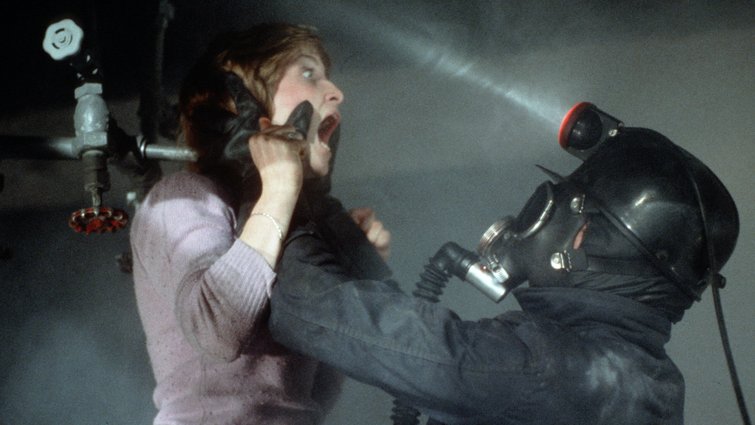
Let’s start with one of the most beloved horror sub-genres. Many consider the slasher film one of the most sensational and popular genres. You can trace its origins to John Carpenter‘s Halloween in 1978, where it enjoyed a prominent run in the ’80s and ’90s, perhaps culminating in the mainstream success of the slasher-esque thriller The Silence of the Lambs.
The slasher is still out there and thriving today (I don’t mean literally), but like most contemporary horror, it’s often self-aware—if not self-deprecating. Slasher films can be pretty straightforward to write and shoot, as they need to follow standard thriller plot points, leading back to the systematic hunting of an unknown assailant. Don a creepy costume and track an unsuspecting group or individual.
The good thing about this sub-genre is that it can occur outside or indoors, depending on your resources. Remember that you’ll need VFX if you want to create heart-racing slashing scenes. If you’re on a budget or don’t have the skills yet to film your protagonist tearing through flesh comfortably, never underestimate the power of a shadow or blood splatter.
Films to check out:
- Psycho
- Scream
- Halloween
- Black Christmas
- A Nightmare On Elm Street
- Behind The Mask
- When A Stranger Call
- I Know What You Did Last Summer
Zombie Horror
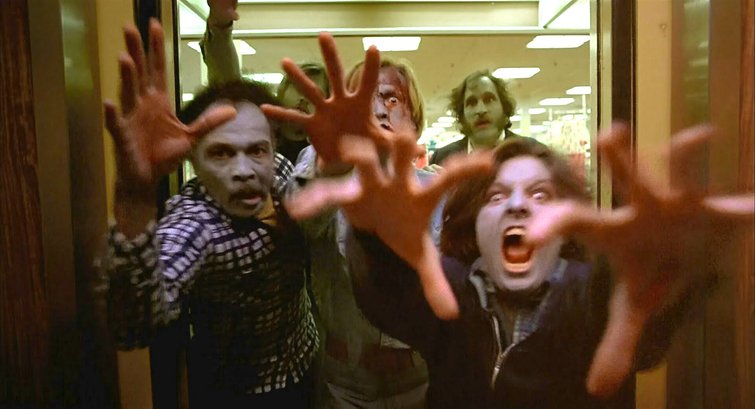
Another of the most recognized horror sub-genres is the zombie film. Introduced in 1968 by horror maestro George A. Romero, Night of the Living Dead quickly became a fan favorite.
As the sub-genre evolved, we saw a diversion when it began to embraced comedy and light-heartedness with Shaun of the Dead, compared to hyper-realized franchises like 28 Days Later.
Zombie films are often fun projects for aspiring horror filmmakers, as the styles and tropes are so widely known at this point. Style your cast in ripped and bloody attire with some dark, gory makeup, and your zombie horror film could come alive before you can say “brains!”
Aesthetically, it doesn’t require much if you focus on the days pre-apocalypse, and you can film it pretty much anywhere. We recommend finding somewhere remote and a little run-down—access permitting, of course.
With the incredible popularity of The Walking Dead and subsequent media properties that looked to capitalize on The Walking Dead‘s infamy, one could argue that the zombie genre has been “done to death.”
However, what about the notion of incorporating the zombie genre into a typically unseen manner. Here’s the perfect example in the form of the short film “Cargo.” I can’t say much about it as it may spoil the story, but it’s worth watching and also worth noting that the short was later adapted into a feature film with Martin Freeman.
Films to check out:
- Dawn of The Dead
- Day of the Dead
- 28 Days Later
- Shaun of The Dead
- Train to Busan
- Night of the Living Dead
- Zombie Flesh Eaters
Folk Horror
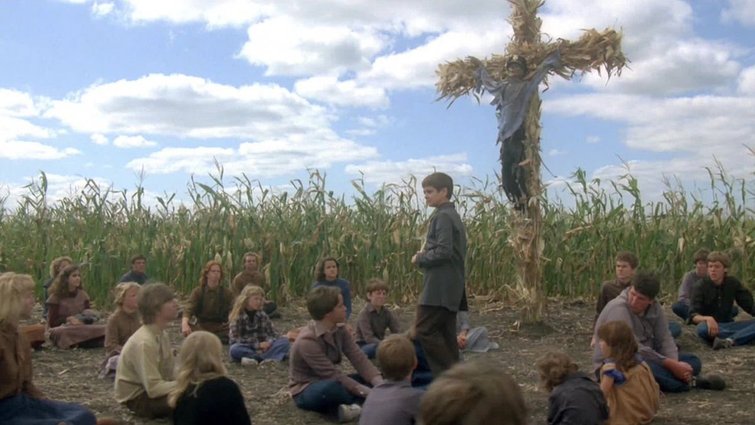
Outside of hallmark styles such as slasher and zombie, many horror sub-genres explore what we find fascinating and frightening more thoroughly. Folk horror is a sub-genre that explores the terror of the unknown in natural and rural regions—beyond the safe confines of urban life. We see folk horror cross into other genres, but it remains strong with its core themes in classics like Children of the Corn and modern films like Midsommar.
Our tip is to have a suitable location that you can utilize well for filming this sub-genre. If you have access to an expanse of fields and forests or a cool-looking barn, you and your large group of friends could create a pretty neat folk horror short. It could also be heaps of fun as you sing “Ring Around the Rosie” holding hands.
Recently, we put together the tongue-in-cheek folk horror starter kit. I recommend checking out this article if folk horror is where you intend on planting the roots of your film.
Films to watch:
Body Horror
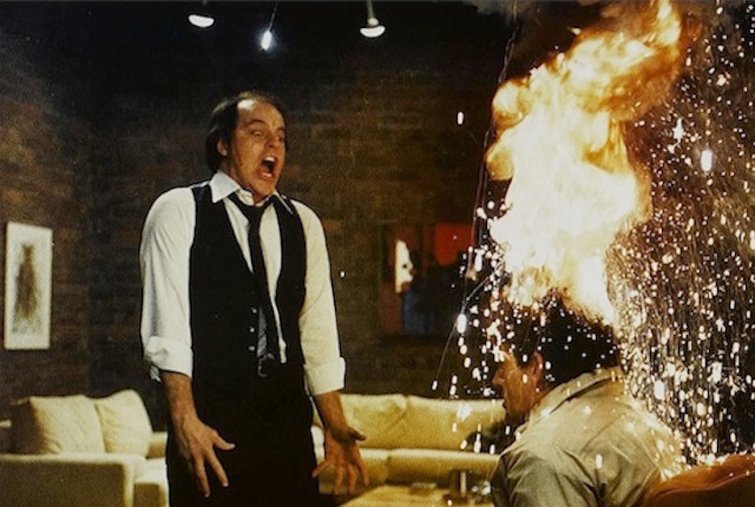
Body horror is a sub-genre that explores the terrors of our human bodies. The sub-genre often gets associated with the career of horror filmmaker David Cronenberg and his classics—Scanners, Videodrome, and The Fly. However, you can find traces of body horror in everything from Alien to The Human Centipede.
Camera angles, props, and VFX are essential for this sub-genre. But, these will only carry you so far. A good cast who can portray realistic reactions is at the core of making a believable body horror short.
If you think you have these nailed and know what you’re doing from a safety perspective, all you need is a location that compliments your storyline, where you and your crew can comfortably create the most uncomfortable short film. It’s probably not the most budget-friendly if you want to use some jaw-dropping VFX, but it can deliver a punch if you get it right.
While you may not be able to finance similar results to a Xenomorph jolting through the stomach of one of your cast members, in the following tutorial below, you’ll at least be able to lose a few limbs.
Body horror greats:
Found-Footage Horror
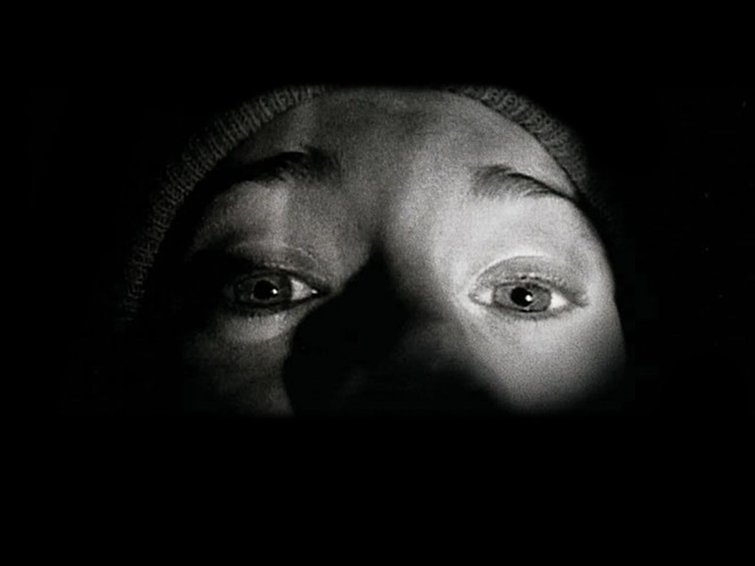
One of the most surprisingly successful horror sub-genres of the past few decades is found-footage horror. This is excellent news for limited-budget and micro-budget filmmakers, as this sub-genre certainly lends itself to minimal and DIY productions.
It’s an odd marriage between the rapidly advancing modern technologies like video recording, home video, and smartphones, and the same classic horror fears we explored above—like those we find in slasher, folk horror, and zombie films.
The hallmark found-footage horror film would be The Blair Witch Project—released in 1999 with a $60,000 budget. It earned well over $200 million. Since then, we’ve seen big franchises and films like Paranormal Activity, Cloverfield, and V/H/S thrive.
DIY filmmakers on a small budget have to think realistically when it comes to creating their horror short that’s scary enough to make their parents raise their eyebrows. We recommend found-footage because, unlike other genres, you can choose to rely on yourself and your trusty camcorder solely—you can’t blame anyone else for not charging it!
You can completely control your film, bringing many positives such as what you say, where you film, and when you break for lunch. However, the essence of this sub-genre will be in the writing and performance.
If you’ve got an engaging script and a good set of heavy-breathing skills, you’re bound to leave your audience feeling breathless.
Films to watch this weekend:
For more genre theory and horror filmmaking tips and tricks, check out these articles:
- A Guide to the Basic Film Genres
- Video Tutorial: Create Retro Horror Movie Titles in After Effects
- Lamb: Arthouse Horror and the Rise of a New Genre
- The Editor of “Us” on Working with Jordan Peele and the Horror Genre
- Cinematography Tips for Horror Filmmakers
- Strange ’80s Synth Music for Horror and Fantasy Films
Cover image from The Blair Witch Project via Artisan Entertainment.



